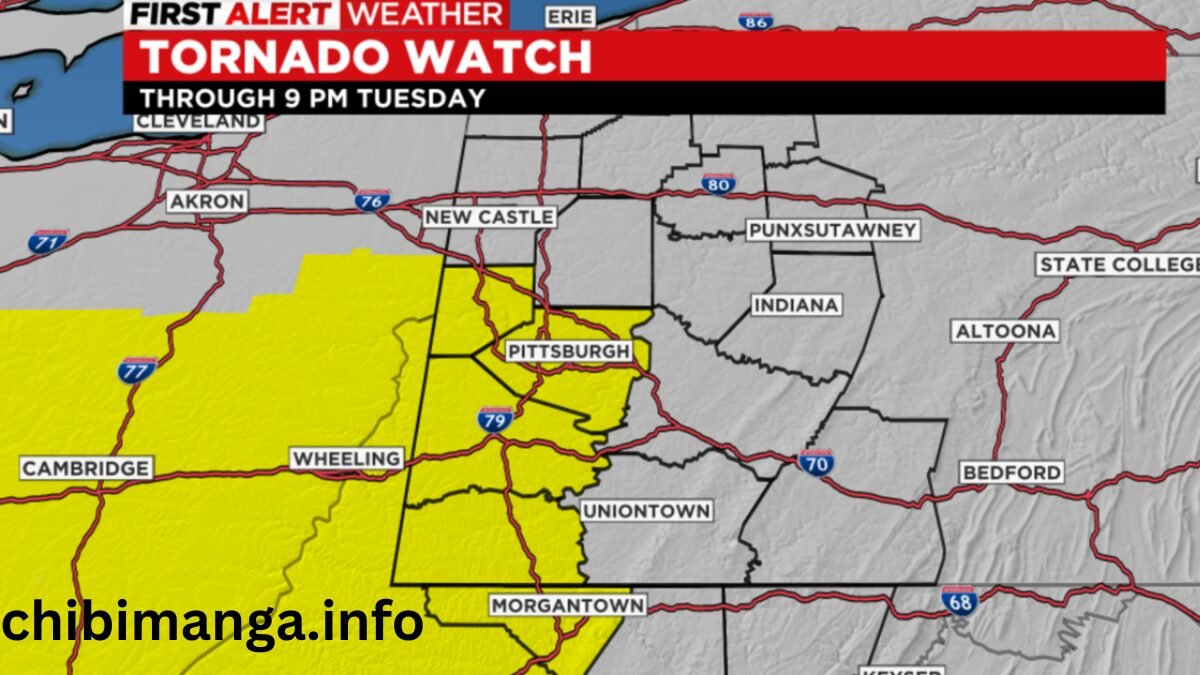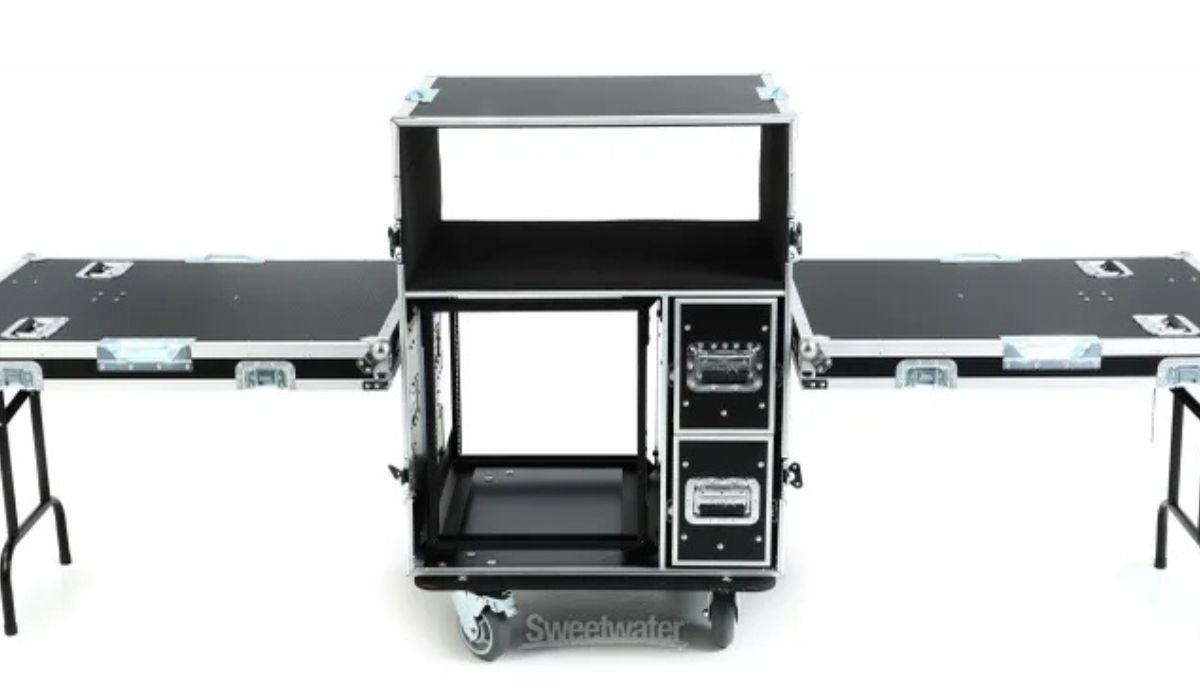Overview
The National Weather Service (NWS) has issued a Tornado Warning for specific areas within Beaver and Allegheny counties in western Pennsylvania. This urgent alert indicates a high likelihood of a tornado forming in the specified region, posing a significant threat to life and property. The warning necessitates immediate action from residents to seek shelter and ensure their safety.
Key Points
Location
The Tornado Warning applies to areas within Beaver and Allegheny counties, both of which are located in western Pennsylvania. These counties encompass several towns and communities, all of which are now on high alert due to the potential tornado threat.
Issuing Authority
The National Weather Service (NWS) is the authoritative body responsible for issuing this Tornado Warning. The NWS monitors weather conditions across the United States and provides critical alerts to help safeguard communities against severe weather events.
Alert Level
The Tornado Warning issued by the NWS signifies an imminent danger. This level of alert means that a tornado has been sighted or indicated by weather radar. Residents in the affected areas must take immediate action to protect themselves.
Impact
The potential impact of the tornado includes significant threats to life and property. Tornadoes can cause widespread damage, including:
- Destruction of buildings and homes.
- Uprooting of trees and downing of power lines.
- Flying debris that can cause serious injuries or fatalities.
- Disruption of essential services such as electricity, water, and communication networks.
Action
Residents in Beaver and Allegheny counties should seek immediate shelter. The safest places to take refuge include:
- Basements or storm cellars.
- Interior rooms on the lowest floor of a sturdy building.
- Avoiding windows and covering oneself with a mattress or heavy blankets to protect against flying debris.
Implications
A Tornado Warning is not to be taken lightly. The NWS issues these warnings only when there is strong evidence of a tornado, either through radar detection or eyewitness reports. As such, residents within the warned areas must prioritize their safety by adhering to the following guidelines provided by local authorities and the NWS.
Immediate Safety Measures
- Seek Shelter: Move to a basement or an interior room on the lowest floor of a sturdy building. Avoid windows and cover yourself with protective materials.
- Stay Informed: Keep a battery-operated weather radio or smartphone handy to receive continuous updates and further instructions from the NWS.
- Prepare Emergency Supplies: Have an emergency kit ready, including water, non-perishable food, flashlight, batteries, first aid supplies, and necessary medications.
- Protect Pets: Ensure pets are brought inside and secured in a safe area.
- Stay Away from Mobile Homes: Mobile homes, even if tied down, offer little protection against tornadoes. Seek shelter in a more substantial structure if possible.
Longer-Term Implications
- Property Damage: Tornadoes can cause extensive damage to homes, businesses, and infrastructure. Residents should be prepared for the possibility of significant property loss.
- Power Outages: Downed power lines and damaged infrastructure can lead to prolonged power outages, impacting daily life and emergency response efforts.
- Displacement: Severe damage to homes may result in temporary or long-term displacement for affected families.
- Economic Impact: The aftermath of a tornado can strain local economies due to the costs associated with rebuilding and recovery efforts.
Understanding Tornado Warnings
Difference Between Tornado Watch and Tornado Warning
It is crucial to understand the distinction between a Tornado Watch and a Tornado Warning:
- Tornado Watch: Indicates that tornadoes are possible in and near the watch area. Residents should be prepared and stay informed.
- Tornado Warning: Indicates that a tornado has been sighted or indicated by weather radar. Residents must take immediate action to seek shelter.
Tornado Formation and Detection
Tornadoes form from severe thunderstorms under specific conditions, including:
- Warm, moist air: Provides the energy needed for storm development.
- Cold, dry air: Can create instability in the atmosphere.
- Wind shear: Differences in wind speed and direction at different altitudes can help to create rotation within the storm.
Meteorologists use radar technology to detect tornadoes. Doppler radar can identify rotation within a thunderstorm, which is a strong indicator that a tornado may form.
Local Response and Emergency Services
Coordination with Local Authorities
In the event of a Tornado Warning, local authorities coordinate closely with the NWS and emergency services to manage the situation. This includes:
- Disseminating Alerts: Ensuring that warnings reach all residents through various channels, including sirens, media broadcasts, and mobile alerts.
- Emergency Response: Deploying first responders and emergency services to assist with evacuations, rescues, and providing aid to those affected.
Role of Community Organizations
Community organizations play a vital role in disaster preparedness and response. They assist with:
- Shelter Provision: Setting up and managing emergency shelters for displaced residents.
- Resource Distribution: Providing food, water, and medical supplies to affected individuals.
- Volunteer Coordination: Mobilizing volunteers to support recovery efforts.
Preparing for Tornadoes
Personal Preparedness
Every household should have a plan in place for tornadoes. Key steps include:
- Emergency Plan: Develop a family emergency plan that includes meeting points and communication strategies.
- Emergency Kit: Assemble an emergency kit with essential supplies.
- Know Safe Locations: Identify the safest places in your home and workplace to take shelter.
Community Preparedness
Communities should engage in proactive measures to enhance tornado preparedness, such as:
- Drills and Exercises: Conduct regular tornado drills in schools, workplaces, and public institutions.
- Public Education: Raise awareness about tornado safety through community programs and events.
- Infrastructure Resilience: Invest in building structures that can withstand severe weather conditions.
Aftermath and Recovery
Assessing Damage
After a tornado has passed, it is crucial to assess the damage safely:
- Wait for the All-Clear: Do not venture outside until authorities have declared it safe.
- Avoid Hazards: Be cautious of downed power lines, sharp debris, and structural damage.
Recovery Process
The recovery process involves multiple phases:
- Immediate Relief: Providing urgent assistance to those affected, including medical aid, temporary shelter, and food.
- Damage Assessment: Conducting thorough assessments to determine the extent of damage and necessary repairs.
- Rebuilding and Rehabilitation: Implementing long-term rebuilding efforts to restore homes, infrastructure, and community services.
Emotional Support
Tornadoes can have a profound emotional impact. Support services are essential for helping individuals and families cope with the trauma:
- Counseling Services: Providing access to mental health professionals for those in need.
- Community Support Groups: Facilitating support groups where affected individuals can share experiences and find solace.
FAQs
- What does a Tornado Warning mean?
- A Tornado Warning means a tornado has been sighted or indicated by radar, and immediate action to seek shelter is necessary.
- Where exactly is the Tornado Warning in Pennsylvania?
- The warning applies specifically to Beaver and Allegheny counties in western Pennsylvania.
- How can I stay safe during a Tornado Warning?
- Seek shelter immediately in a basement or interior room on the lowest floor of a sturdy building, away from windows.
- What should I include in my emergency kit during a tornado?
- Essential items include water, non-perishable food, flashlight, batteries, first aid supplies, and medications.
- How do meteorologists detect tornadoes?
- Meteorologists use Doppler radar to detect rotation within thunderstorms, indicating possible tornado formation.
YOU MAY ALSO LIKE
Fodder for a Sports Wonk: Crossword Clue Analysis
Conclusion
The Tornado Warning issued for western Pennsylvania underscores the importance of preparedness and swift action in the face of severe weather threats. By understanding the key points, implications, and necessary safety measures, residents can better protect themselves and their loved ones. The collaboration between the NWS, local authorities, and community organizations is critical in ensuring an effective response and recovery. Stay informed, stay safe, and always prioritize preparedness in the face of tornado warnings.










